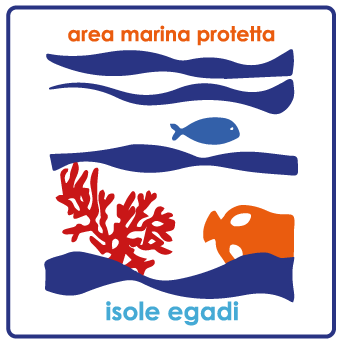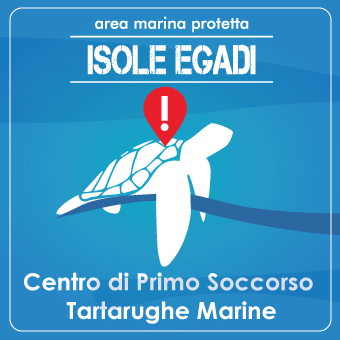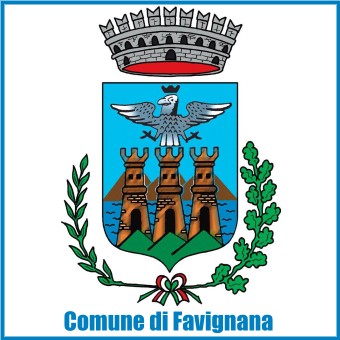Photos and texts: © Giorgio De Simone
The presence of man on the Egadi islands goes back to very ancient times. The historical evidence found in the Genovese cave, on the island of Levanzo, They signify that they were already inhabited prior to their separation from the mainland.
Engravings, graffiti and paintings proto reproducing animals (deer, bovidi, equines, fish), and human figures dating back more than 5.000, 10.000, 15.000 Years ago, demonstrate that the human presence has been constant and with different cultures and in transformation.
Particularly interesting is a visit, as well as in Cala del Genovese, Cala of Pigs and Punta Caper, Cala Tramontana, Cala Sheep and Punta mice.
E’ likely that a more careful search in the numerous caves of great natural and historical value of the archipelago, can bring out other remote testimonies signals, e is, occasionally they are reported. More recent history has seen the presence of theater islands of the Phoenicians, Carthaginians and Romans.
The Egadi depths are precious archaeological finds suggest that the rich have been theaters of naval battles between Romans and Carthaginians in the First Punic War. Famous the rostrums of the battleships unearthed by the Superintendency of the Sea in its time directed by the late Sebastiano Tusa and today exhibited at the fantastic Museum of the Tonnara.
Mothia, the cradle of the Phoenician settlements, It is located within walking distance, the seas and the surrounding coast are places of testimonials Punic (Erice, Marsala and the same Mothia) Roman's (in the battle of the Egadi in the sea 241 A.C., Roman houses Marettimo).
An important Roman settlement was certainly Levanzo where a salting plant of the imperial era in the Cala Minnola district. (Photo gallery below)
E’ likely that the fort of Santa Caterina in Favignana It has been built on previous Punic settlement (watchtower in continuum with those of Sicily in particular the Dovecote Trapani tower, and the Castle of Troy in Marettimo).
finds, the rest, Favignana were found in the necropolis of Cala San Nicola and Punic kind appropriations in the district Bosco. Meaningful testimonies are Grotta del Pozzo (Punic inscriptions), Ship, Cave Arches (IV/V d.C.) and Stele, Ficara Grotte.
Strong Santa Caterina, San Giacomo and San Leonardo (in whose area, Today is the Palazzo Florio) and the Castle of Punta Troia strategy fall within the Norman / Swabian fortification of the islands, later restructured in the XV – XVII century in full Aragonese / Spanish, Then in the Bourbon period it expired in places of imprisonment.
The history of this land, the sea and its population was shocked by battles, continuous incursions of pirates and pirates, from sales of land. Bankers Pallavicini-Rusconi, They took possession of the archipelago as a result of a debt contracted by Philip IV of Spain, Florio bought it in 1874 with fishing rights and sold later in 1937 Parodi in Genoa.
Today these islands have reinvented their future by aiming for sustainable tourism.






































